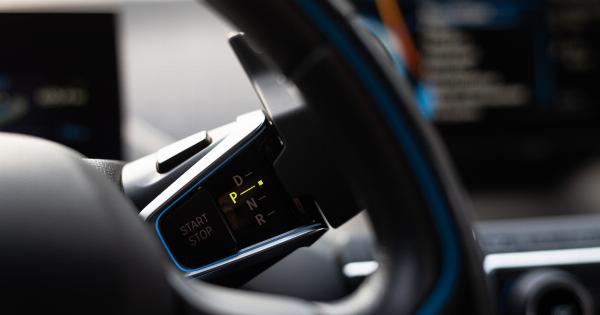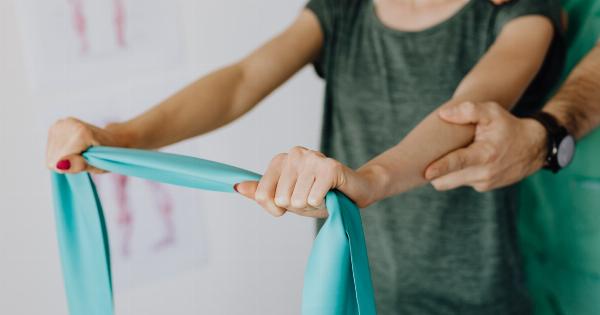Incontinence is a condition that affects millions of people worldwide. The loss of bladder or bowel control can be embarrassing and distressing, but there are solutions available.
In this guide, we will explore the causes of incontinence and the various treatment options that are available to you.
What is Incontinence?
Incontinence refers to the involuntary loss of urine or feces. It can be caused by a number of factors, including age, pregnancy, childbirth, menopause, and medical conditions such as diabetes, Parkinson’s disease, or multiple sclerosis.
Incontinence can also be a side effect of certain medications. It is a common problem that affects people of all ages and can significantly impact a person’s quality of life.
Types of Incontinence
There are several types of incontinence, each with specific symptoms and causes.
Stress Incontinence
Stress incontinence is caused by weakened pelvic muscles that are unable to support the bladder or urethra. It can be triggered by simple activities such as coughing, laughing, or exercise.
Women are more likely to experience stress incontinence than men.
Urge Incontinence
Urge incontinence, also known as overactive bladder, refers to the sudden and intense urge to urinate that is difficult to control. It can be caused by a neurological condition or bladder irritation.
People with urge incontinence may need to urinate frequently throughout the day and night.
Overflow Incontinence
Overflow incontinence occurs when the bladder is unable to empty completely, leading to frequent or constant leakage. It is more common in men and can be caused by an enlarged prostate or damage to the nerves that control the bladder.
Functional Incontinence
Functional incontinence occurs when a physical or mental impairment makes it difficult to reach a toilet in time. This type of incontinence can affect people with mobility issues or cognitive impairments.
Treatment Options
There are several treatment options available for incontinence, depending on the type and severity of the condition. These include:.
Lifestyle Changes
Simple lifestyle changes can often improve incontinence symptoms. These include:.
- Quitting smoking
- Losing weight
- Engaging in pelvic floor exercises
- Limiting caffeine and alcohol intake
- Establishing a regular bathroom schedule
Medications
Medications can be prescribed to treat incontinence, such as:.
- Anticholinergics to help relax the bladder
- Beta-3 agonists to increase bladder capacity
- Alpha-blockers to help relax the muscle at the neck of the bladder
Surgery
Surgery may be recommended for more severe cases of incontinence that do not respond to other treatments. This can include:.
- Sling procedures to support the urethra in women
- Artificial urinary sphincter implantation in men
- Bladder neck suspension to support the bladder neck and urethra in women
- Augmentation cystoplasty to increase bladder capacity
Catheterization
Catheterization involves inserting a tube into the bladder to drain urine. This is typically reserved for people with severe or persistent urinary retention who are unable to urinate on their own.
Conclusion
Incontinence can be a distressing and embarrassing condition, but there are solutions available.
By understanding the causes and types of incontinence, as well as the various treatment options, you can work with your healthcare provider to find a solution that works for you.


























